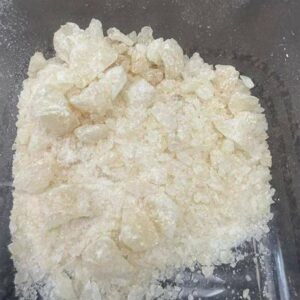Weed spice, often referred to as synthetic cannabis or K2/Spice, is a type of man-made substance designed to mimic the effects of natural marijuana. Unlike traditional cannabis, which contains tetrahydrocannabinol (THC) derived from the cannabis plant, weed spice is created by spraying chemical compounds onto plant material. These chemicals interact with the same brain receptors as THC but often produce far more unpredictable and potent effects.
Composition and Varieties
Weed spice typically consists of dried plant matter coated with synthetic cannabinoids. These compounds are engineered in laboratories and can vary greatly in strength and chemical structure. Because manufacturers frequently change the chemical formulas to avoid legal restrictions, the composition of spice products can differ widely between batches, making them extremely unpredictable and dangerous.
Effects on the User
Users often seek weed spice for its psychoactive effects, which can include euphoria, altered perception, and relaxation, similar to natural cannabis. However, the synthetic chemicals in spice are often far stronger than THC, leading to heightened risks of:
- Severe anxiety and paranoia
- Hallucinations and psychotic episodes
- Rapid heart rate and elevated blood pressure
- Nausea, vomiting, and dizziness
Unlike natural marijuana, which has a relatively well-understood safety profile, the effects of spice are unpredictable and can vary significantly from person to person.
Health Risks and Dangers
Weed spice is associated with numerous health risks, some of which can be life-threatening. Overdoses and acute reactions have been reported, including seizures, heart attacks, and kidney damage. Long-term use can also lead to mental health issues, such as depression, memory problems, and persistent psychosis. Because the chemical composition is constantly changing, there is no way to predict how an individual will react to a specific batch of spice.
Legal Status
The legality of weed spice varies globally. Many countries have banned specific synthetic cannabinoids, but the constant emergence of new compounds often creates a legal gray area. This has contributed to the proliferation of these substances in some markets, despite their significant health risks.
Conclusion
Weed spice represents a dangerous trend in synthetic drugs, appealing to users looking for a legal high or a more intense alternative to marijuana. However, its unpredictable effects and severe health risks make it a highly unsafe substance. Public awareness, education, and strict regulation are essential to curb the spread of synthetic cannabis and protect individuals from its potentially devastating consequences.

